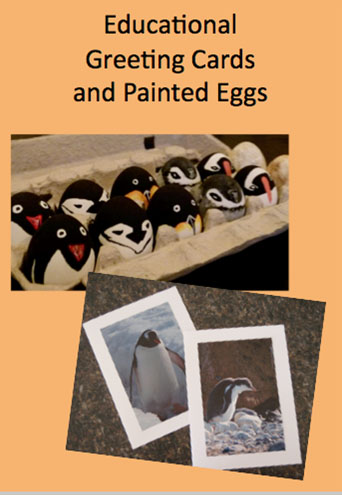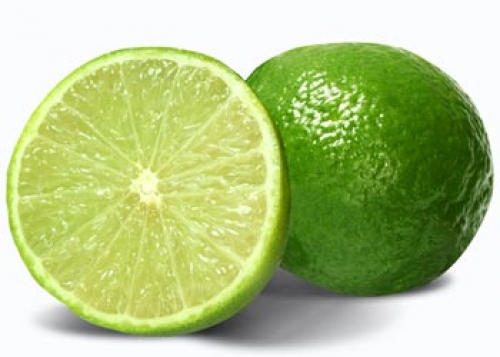2015 Saskatoon, Saskatchewan, Canada
Jocelyn Lalach from St. Edward School is passionate about birds and is sharing that passion with others! Birds are an integral part of our watershed. Indeed, without them, many functions that they provide would no longer exist. Jocelyn explored the benefits of healthy bird populations and their benefits to the South Saskatchewan River Watershed such as reducing insect populations and seed transportation in the river valley.
Birds provide many benefits to our local watershed! Through transporting seeds in the river valley, 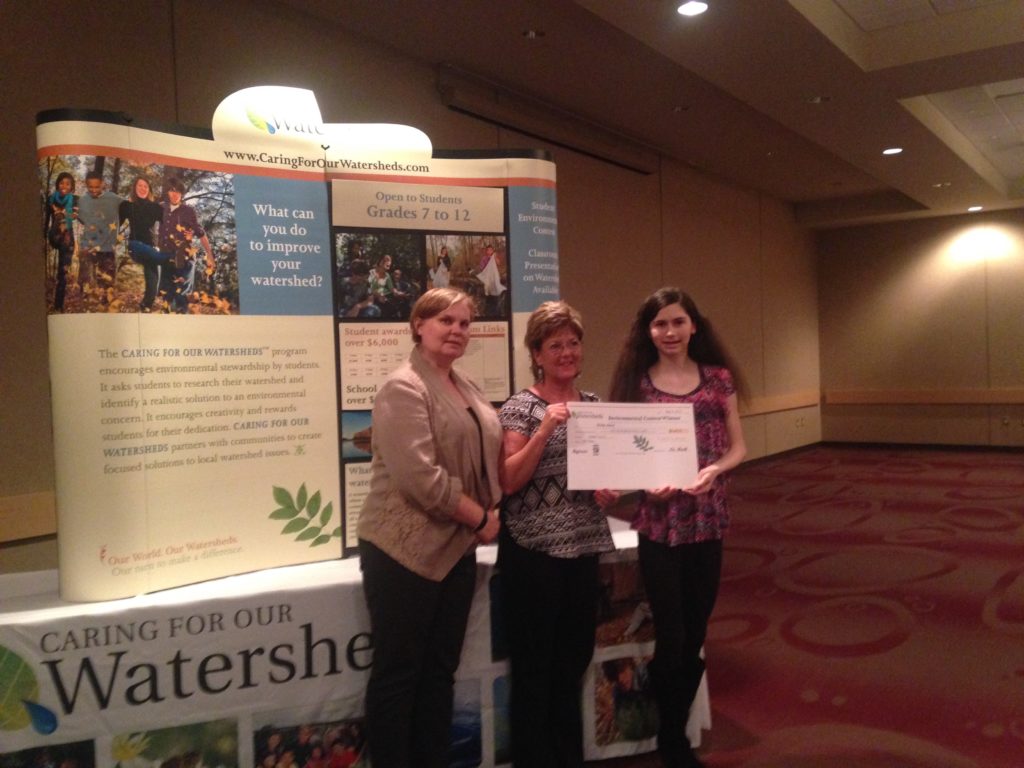 birds help new native shrubs grow and root in the riparian area providing wildlife habitat and other ecological services. The riparian area is the zone along river or creek banks close to the water. This zone needs strong and healthy shrubs to help keep pollutants out of our water ways. Plants in the riparian area slow down water and help it infiltrate and filter through soil and root systems before entering our watershed. This process reduces the amount of runoff entering our water ways and helps to prevent pesticides, fertilizers, and other pollutants from entering our watershed. As an added benefit, these shrubs and their root systems provide structure for the soil along river and creek banks which prevent erosion. Lastly, birds eat insects. The healthier our bird populations in our watershed the more insects they eat and the less pesticides we use to control them ourselves!
birds help new native shrubs grow and root in the riparian area providing wildlife habitat and other ecological services. The riparian area is the zone along river or creek banks close to the water. This zone needs strong and healthy shrubs to help keep pollutants out of our water ways. Plants in the riparian area slow down water and help it infiltrate and filter through soil and root systems before entering our watershed. This process reduces the amount of runoff entering our water ways and helps to prevent pesticides, fertilizers, and other pollutants from entering our watershed. As an added benefit, these shrubs and their root systems provide structure for the soil along river and creek banks which prevent erosion. Lastly, birds eat insects. The healthier our bird populations in our watershed the more insects they eat and the less pesticides we use to control them ourselves!
Jocelyn developed a curriculum based program called “I Thought I Saw a Tweety Bird” that educates students in grades 2 and 3 about the different types of bird species found in the South Saskatchewan River Basin. She developed a bird unit that is available online here: http://ycojchill.wix.com/birds-unit with all the necessary tools for teachers and students to learn about the importance of birds to their watershed. Jocelyn has left her website up online for teachers to access the curriculum material.
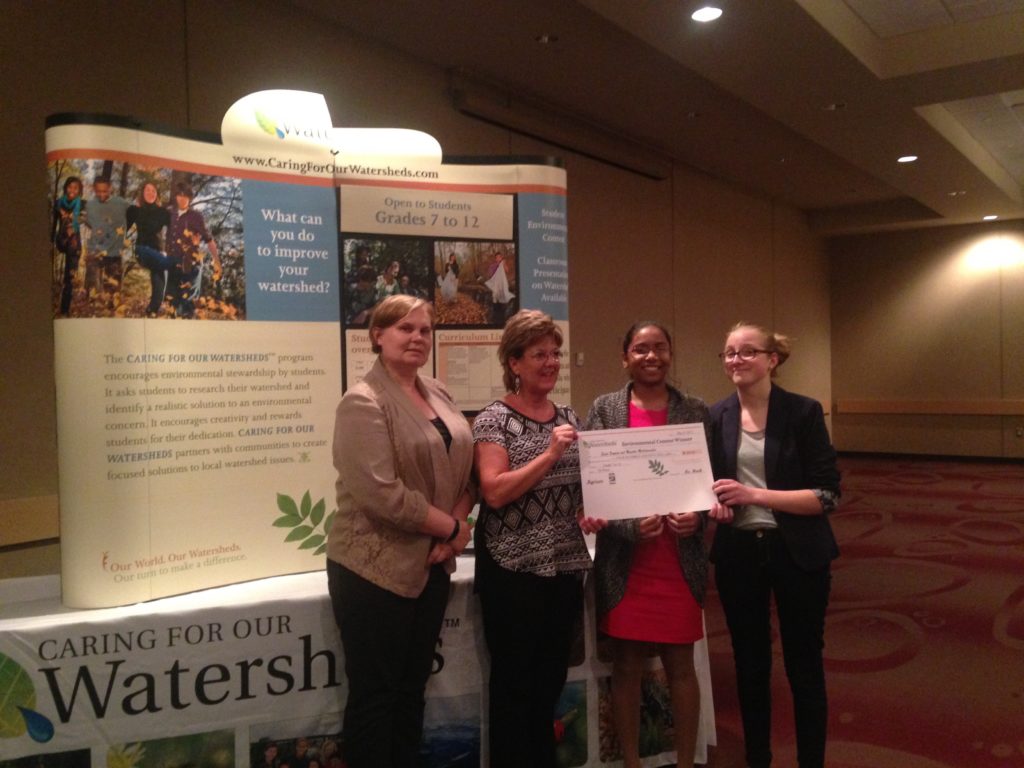 tolerant plants only require the intermittent rain that falls through Saskatoon’s summers!
tolerant plants only require the intermittent rain that falls through Saskatoon’s summers!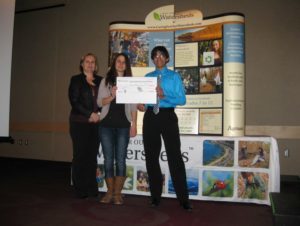

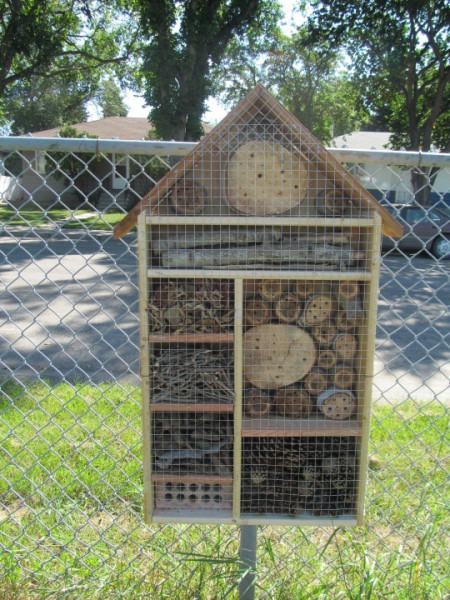

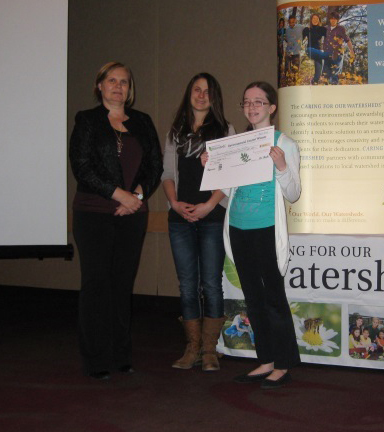
 Rain barrels are designed to collect water, but one distinctive rain barrel designed by students at Daysland School in central Alberta is garnering just as much attention as it is water.
Rain barrels are designed to collect water, but one distinctive rain barrel designed by students at Daysland School in central Alberta is garnering just as much attention as it is water.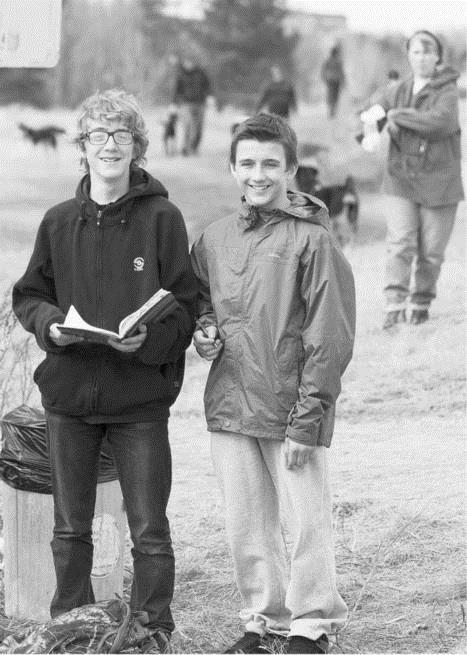 can leach into soil and with it, harmful disease causing micro-organisms like round worms, E. Coli and Giardia that can live in dog feces. This puts children who play outside and adults who garden at risk of these infectious organisms. If dog waste is washed into the storm drains it ends up in lakes, rivers, streams or marine water. People can accidentally swallow its bacteria and other disease-causing organisms while swimming or playing in the water. It can even contaminate ground water!
can leach into soil and with it, harmful disease causing micro-organisms like round worms, E. Coli and Giardia that can live in dog feces. This puts children who play outside and adults who garden at risk of these infectious organisms. If dog waste is washed into the storm drains it ends up in lakes, rivers, streams or marine water. People can accidentally swallow its bacteria and other disease-causing organisms while swimming or playing in the water. It can even contaminate ground water!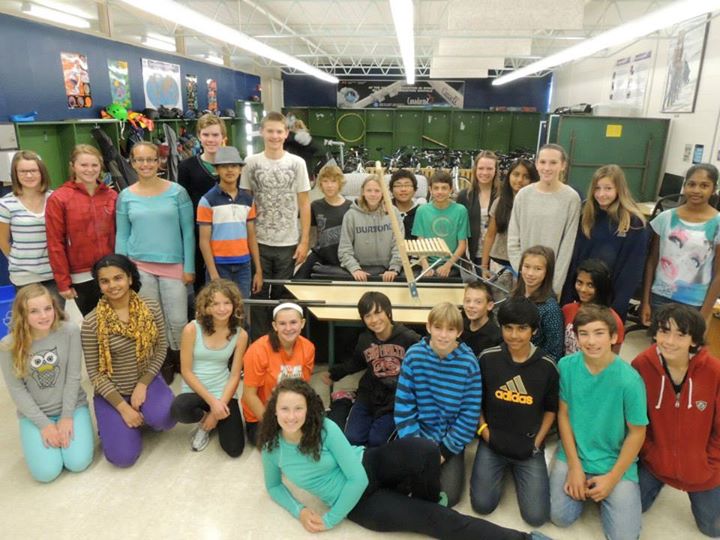
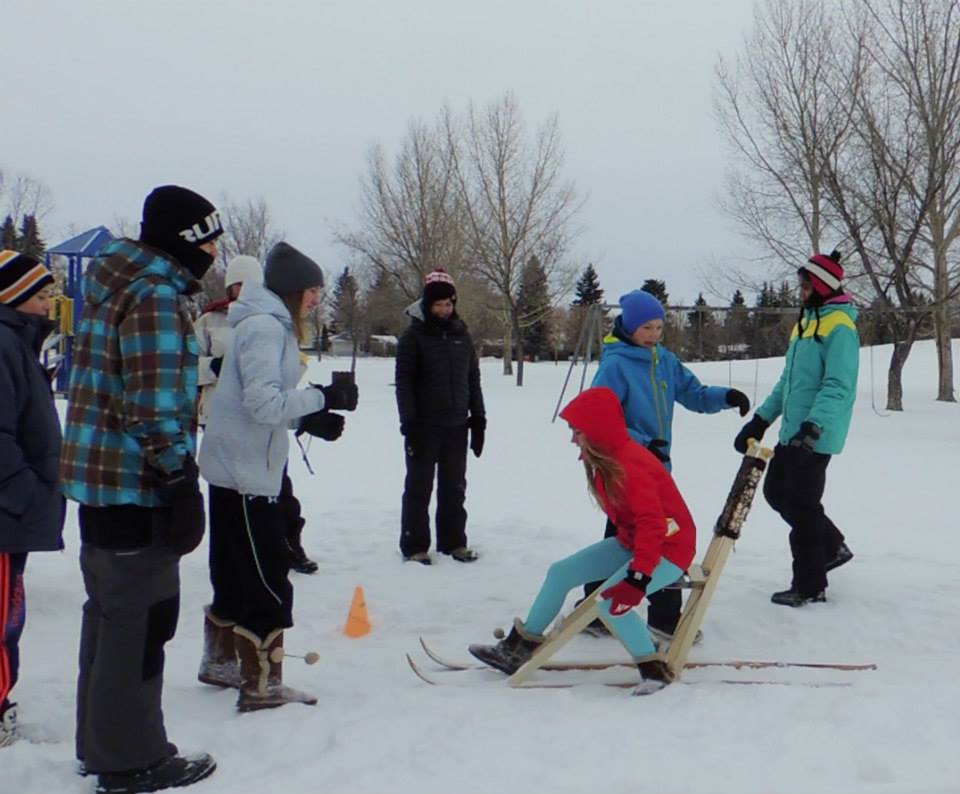 Rica in April 2013, Alana received an EF Student Leaders Summit Prize, which included a grant from WeShare. This grant from WeShare was used to fund the project. Many other unofficial partners (parents, community members, teachers and administrators) worked behind the scenes and alongside the students to make this project a success.
Rica in April 2013, Alana received an EF Student Leaders Summit Prize, which included a grant from WeShare. This grant from WeShare was used to fund the project. Many other unofficial partners (parents, community members, teachers and administrators) worked behind the scenes and alongside the students to make this project a success.